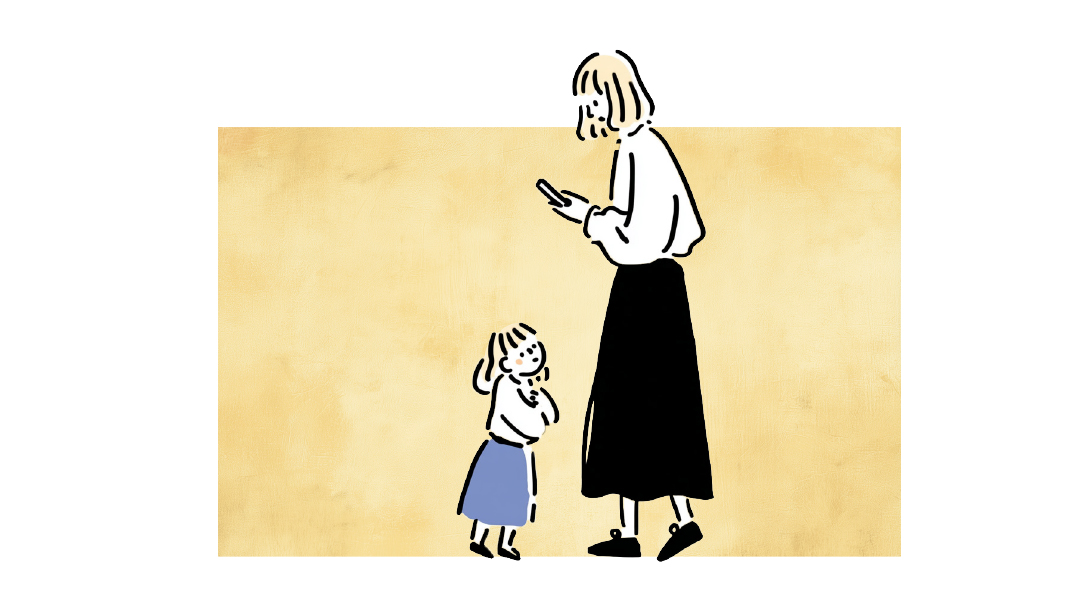No Going Back

For consequences to work, you need a track record of following through
P

arents love their kids so much that it’s often hard to deal with their youngster’s feeling of sadness or disappointment. This is particularly true when the parent him or herself is causing those feelings.
“My nine-year-old daughter never makes her bed. I told her last Wednesday that if I saw she left her bed unmade in the morning, I’d remove the cookies from her lunch bag the next day. I figured this would be a good consequence. She has such a sweet tooth, if neglecting to make her bed was going to cost her a treat, it would motivate her to make it in the future.
Of course, the next day, I saw her bed was unmade. When she got home, I told her there would be no cookies in tomorrow’s lunch. She broke into sobs and offered to clean the whole house if only I’d let her have those cookies.
“I felt so bad for her! I told her that if she cleaned the bathroom, I’d let her have the cookies. She worked on it for an hour, and I figured I’d done a great job of educating her, ’til my friend told me I’d messed up by going back on my word. Was she right?”
Understanding Negative Consequences
Before answering this parent’s question, let’s think about how children learn new behaviors and new habits. New and better behaviors — desirable, healthy, and appropriate behaviors — are called “target behaviors.”
In our current example, the mother wants her nine-year-old to remember to make her bed every morning. That’s the target behavior. Many parents erroneously assume that giving unpleasant consequences teaches target behaviors.
However, new and better behaviors can’t be wired into the brain through punishment. In fact, negative consequences can only interrupt (and hopefully dismantle) old circuits that have already been established. When we want to get a child to do something on a regular basis, we need to employ effective teaching techniques to wire new circuits into the brain.
Punishment isn’t one of these educational techniques. It dismantles circuits rather than builds them. Punishment won’t help this child learn to make her bed every morning. (Note that if the child had already been making her bed quite often, then punishment might have been able to reduce lapses in her performance.)
In addition to reducing inappropriate behavior, negative consequences can be used for other purposes too — such as helping to gain immediate cooperation from a youngster. For example, a parent may offer the threat of a negative consequence in order to get a child to wear his coat in sub-zero weather. Gaining immediate cooperation may be desirable in such a circumstance even though actual learning (programming the brain for future appropriate behavior) will not be accomplished at that moment.
Another example: A parent may try to get a child to stop hurting a sibling by threatening a consequence. Because of the threat, the child may cease his aggressive behavior — in that moment. This is an important and positive result of the threat of negative consequences.
However, we need to keep in mind that the child hasn’t learned how to interact appropriately with his sibling. Only teaching him would be able to build that target behavior.
Going Back on the Consequence
Suppose you wanted your uncooperative four-year-old to wear his coat in the sub-zero scenario and you told him that if he didn’t put it on, you would have to put it on him forcefully and he would lose story time that night.
He’ll cooperate only if he believes that you’ll carry out that consequence. And he’ll only believe that you will carry it out if you’ve established a track record of carrying out consequences. Unfortunately forgetting or removing or renegotiating consequences, destroys such a track record.
Reducing a consequence, exchanging it, or otherwise modifying it may stop tears in the moment but wreak havoc in the future: Momentary compassion results in a lack of credibility that can leave parents helpless to gain the cooperation of a child when they need it most.
The Bottom Line
Punishment has a small role in parenting. It doesn’t teach new behaviors, but it can help reduce inappropriate ones. It can also help gain short-term cooperation. However, for it to be effective for these two purposes, parents cannot go back on their promise to deliver it. The child must trust that the specific threat will be carried out if he doesn’t comply.
(Originally featured in Family First, Issue 677)
Oops! We could not locate your form.




